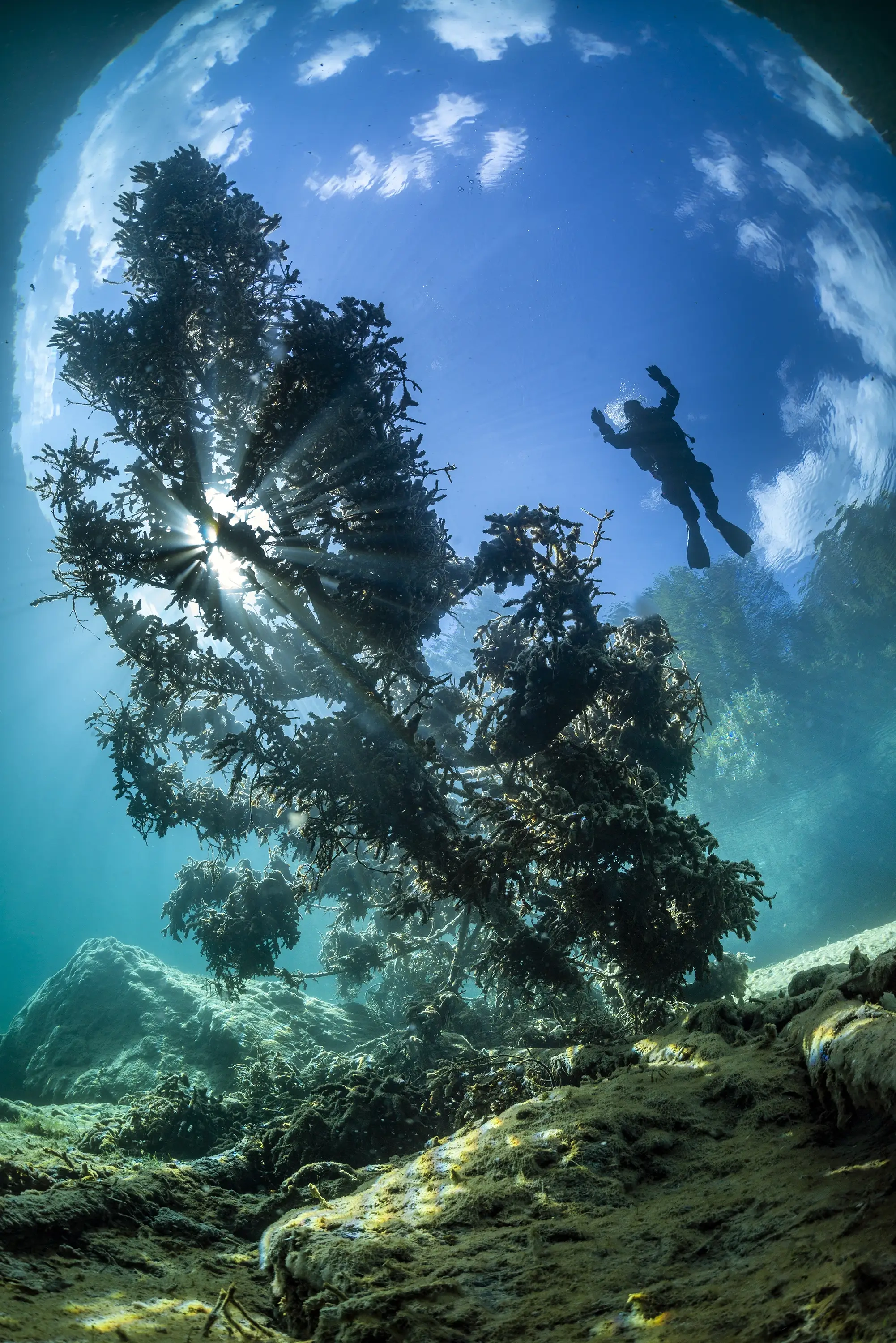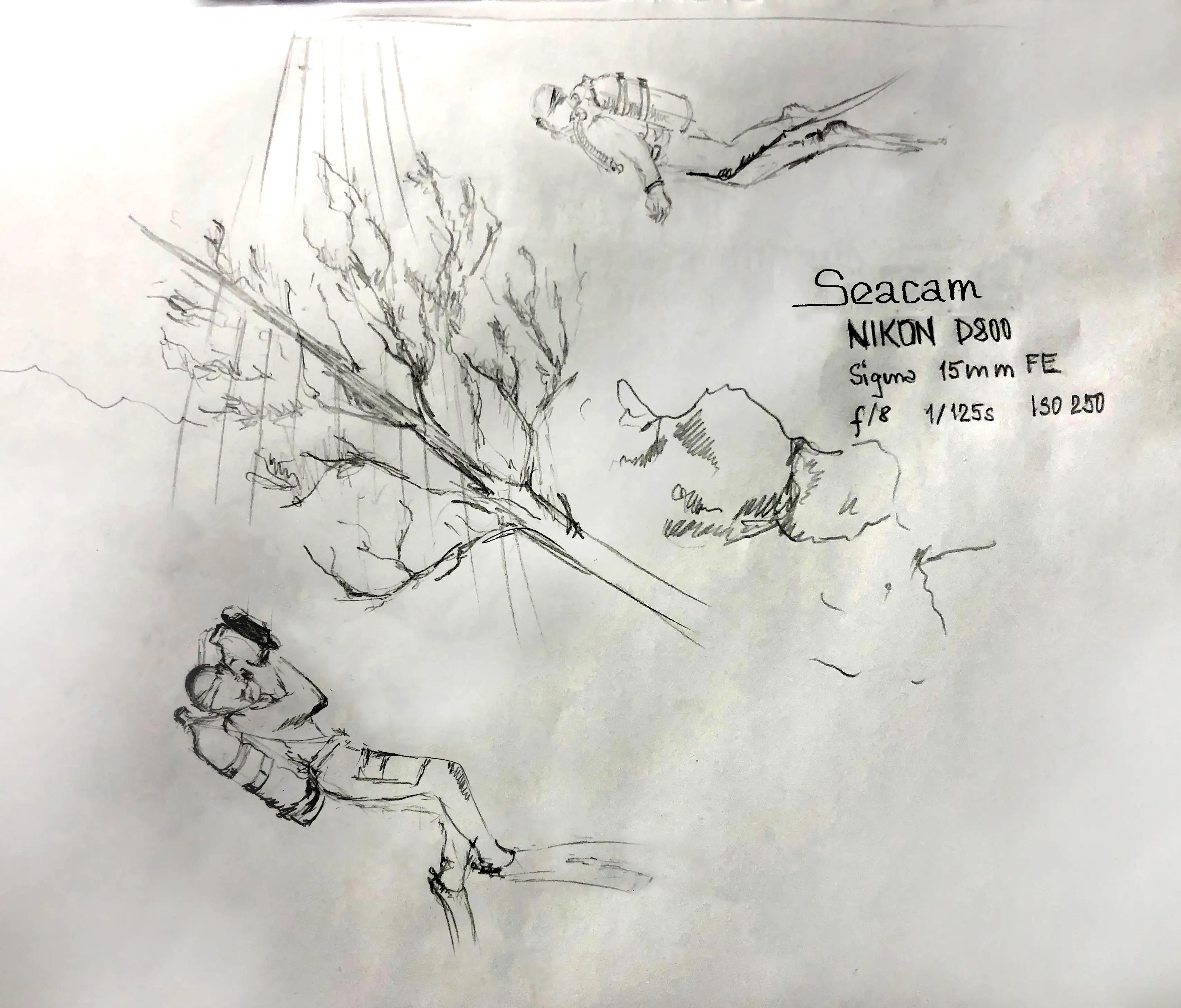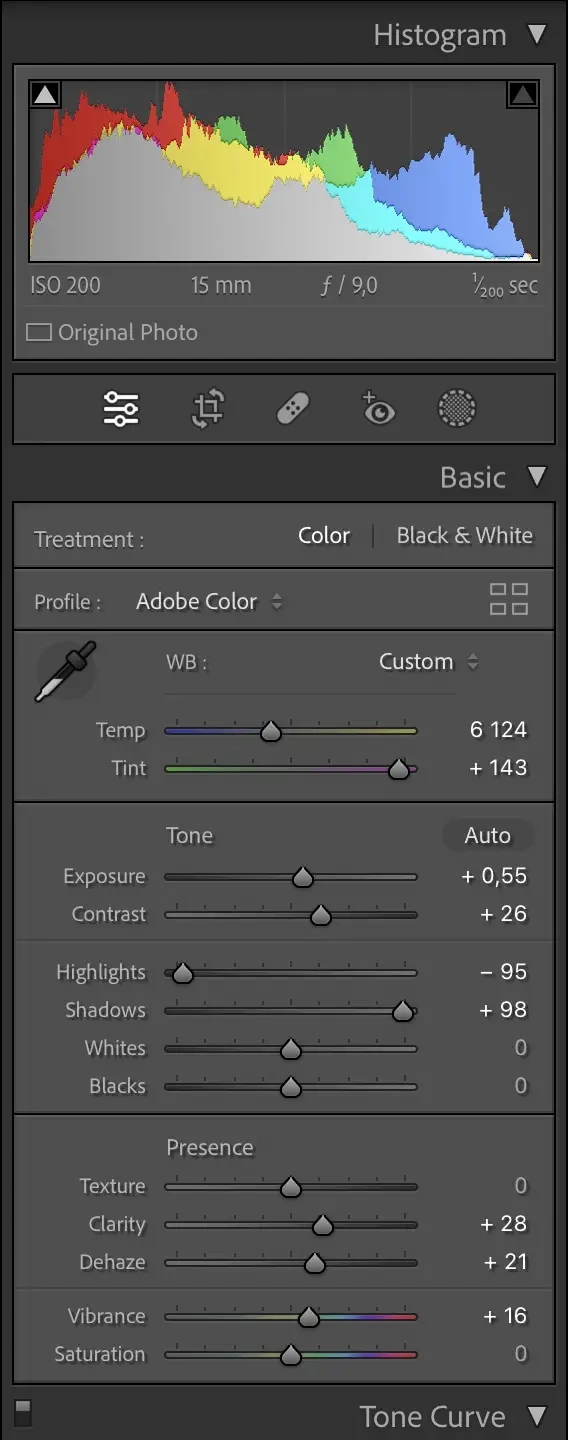
12. Sun bursts
I am sure everybody remembers the times when any attempts to include the sun in the frame aically resulted in a major failure. No matter how hard we tried, the technology available at that time didn’t allow photographers to capture wider spectrum of light tones hence avoiding pointing the camera towards the direct sun was a “number 1 photography rule”. However, those times are gone for good. Several generations of high-end DSLRs and few last generations of mirror-less cameras are capable of wonders when it comes to capturing light and dark tones. This capability, known as dynamic range, is critical when incorporating the sun in our frame. The wider the dynamic range of the camera, the greater number of tones it captures at both ends of light spectrum. In other words, the wider dynamic range, the smoother the transition from blue to white tones is until the area turns completely white (clipping). The same rule can be applied on the other end - in the shadows (black). Naturally, we want to avoid both completely white as well as completely black areas.
By placing the sun in our frame, we give our image a point of interest. Such a central point not only acts as an eye-catcher, but also represents the starting point of our story. In order to create a strong communication channel with the audience, we want our sunburst to look as beautiful as possible.
My tips to go around well:
- Choose the right tools: Before you start mastering the technique, pick up the camera with high dynamic range. All the current hi-end DSLRs have reasonably high (wide) dynamic range capability, but if you want to choose the one that stands out, do a research on the internet and make the buyer's choice accordingly. My current Canon R5 is a champion in this discipline. So were the Nikons D850 and D800 back in the day.
- Water clarity: Visibility and overall water clarity is the most important factor that comes into play. The milky and hazy water scatters the sun's rays and causes undefined bright areas around the sun which are any photographer's nightmare to get rid of. Attempts to restore lost hues result in unappealing colors and shapes around the most exposed areas. Use a simple rule here. The better the visibility, the better looking sunbursts.
- Stay shallow: A clearly defined and pleasing sunbursts are formulas of tree variables - the visibility, the water depth and the surface calmness. The worse visibility, the shallower we need to stay in order to keep our sun burst and sun-rays defined. The clearer the water, the deeper we can go while keeping the definition sharp.
- Pick up a calm day: The calm surface is the last variable in the formula. A perfect mirror like surface provides perfect opportunity for shooting sunbursts.
- Camera settings: When shooting bright objects (the sun), shutter speed and a higher aperture number are a matter of course due to the correct exposure, but they also affect the quality of the sun's rays in a secondary way.Since sun-rays move quite quickly, the faster the shutter speed the sharper the sun-rays. Ideally stay above 1/125s to avoid motion blur. Stop the lens down to F8 or higher. Higher aperture number also helps with greater depth of field hence affects the sharpness in the background.
- Experiment with depth and angle: Pay a proper attention to judgement of the results at the real time, experiment with angles and correct mistakes right away. Most likely the conditions will not be the same when you come back next time and you will not get another chance.
- Hide the sun behind an object: By hiding the sun-ball behind a diver, tree, coral or big fish is you can achieve breathtaking effects.
- Secret tips:
- Skip a dive and go snorkelling. It is worth it! On a super calm day, focus on the shallow water and feature as much sun as possible.
- Hold your breath. Here all PADI instructors would kill me with tomatoes, but we want to avoid bubbles above our head at all costs. They also disturb the surface and the shape of sun and rays.
Nikon D800
Sigma 15mm
Seacam HOUSING, Super Dome port
Strobes: no strobes
Settings: F/8, 1/125s, ISO250
Location: Samaranger See, Austria
July 2018, 10:30 a.m.

